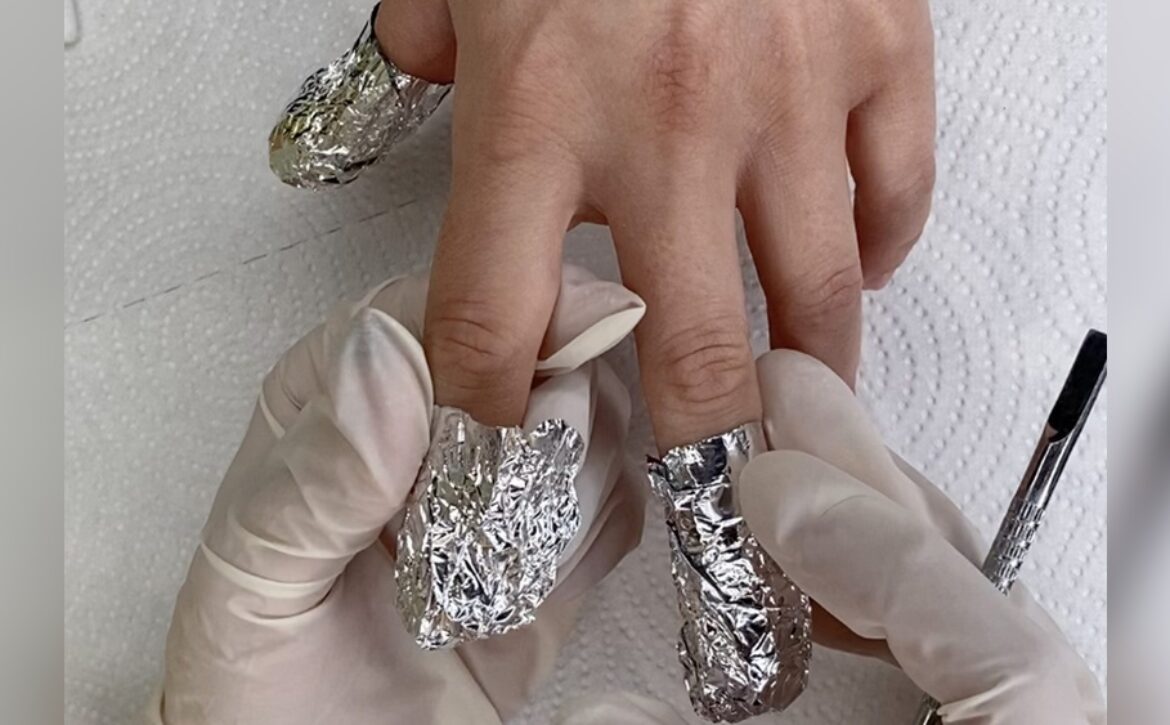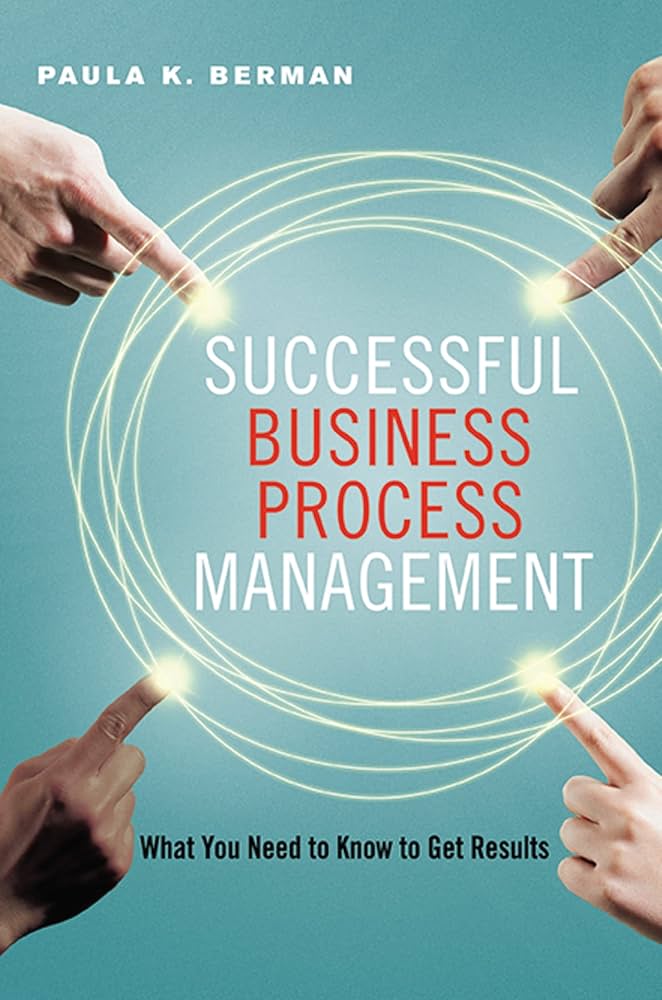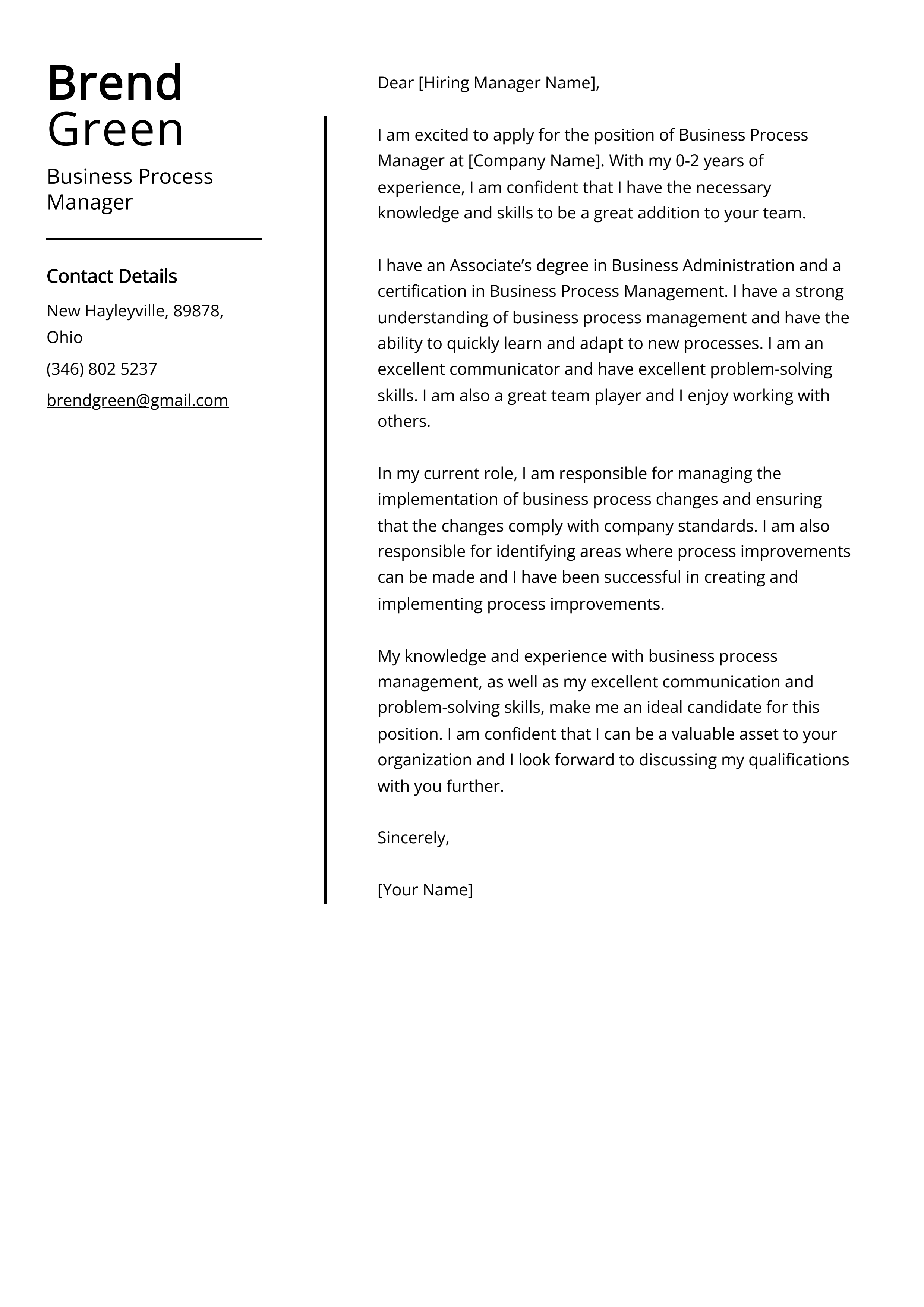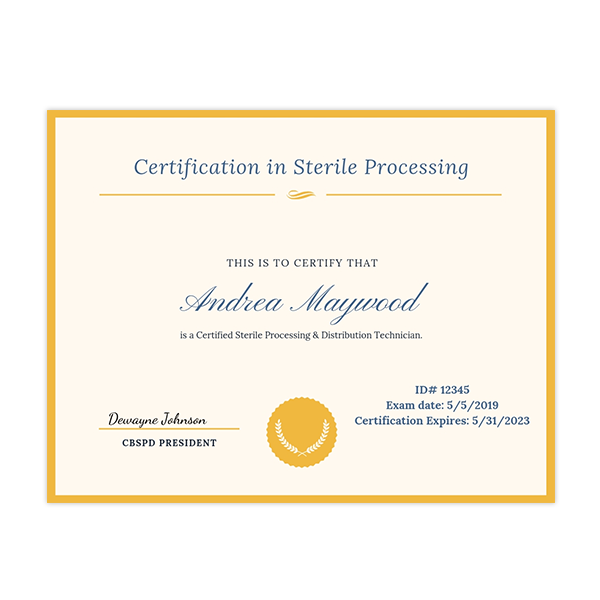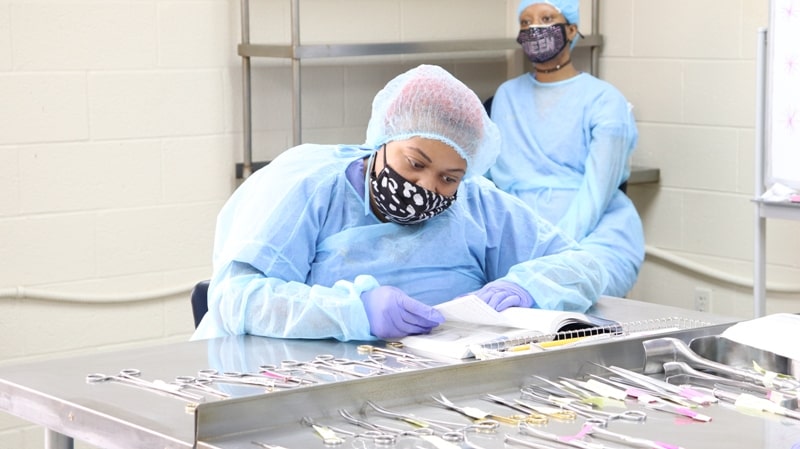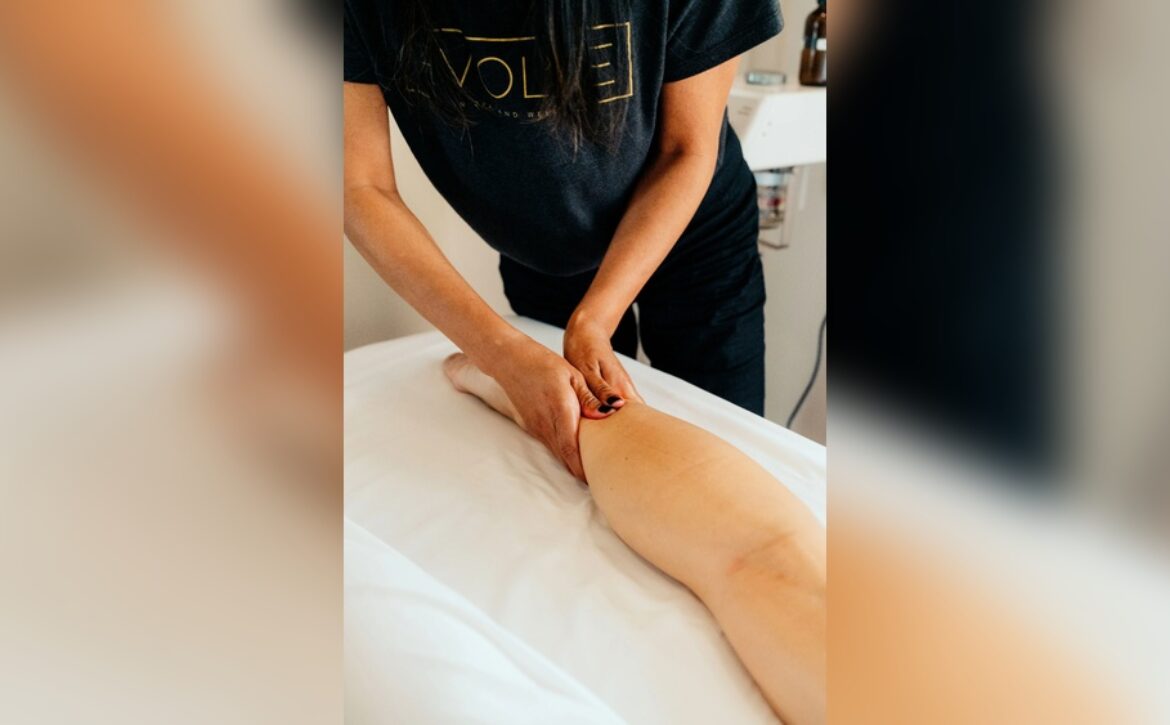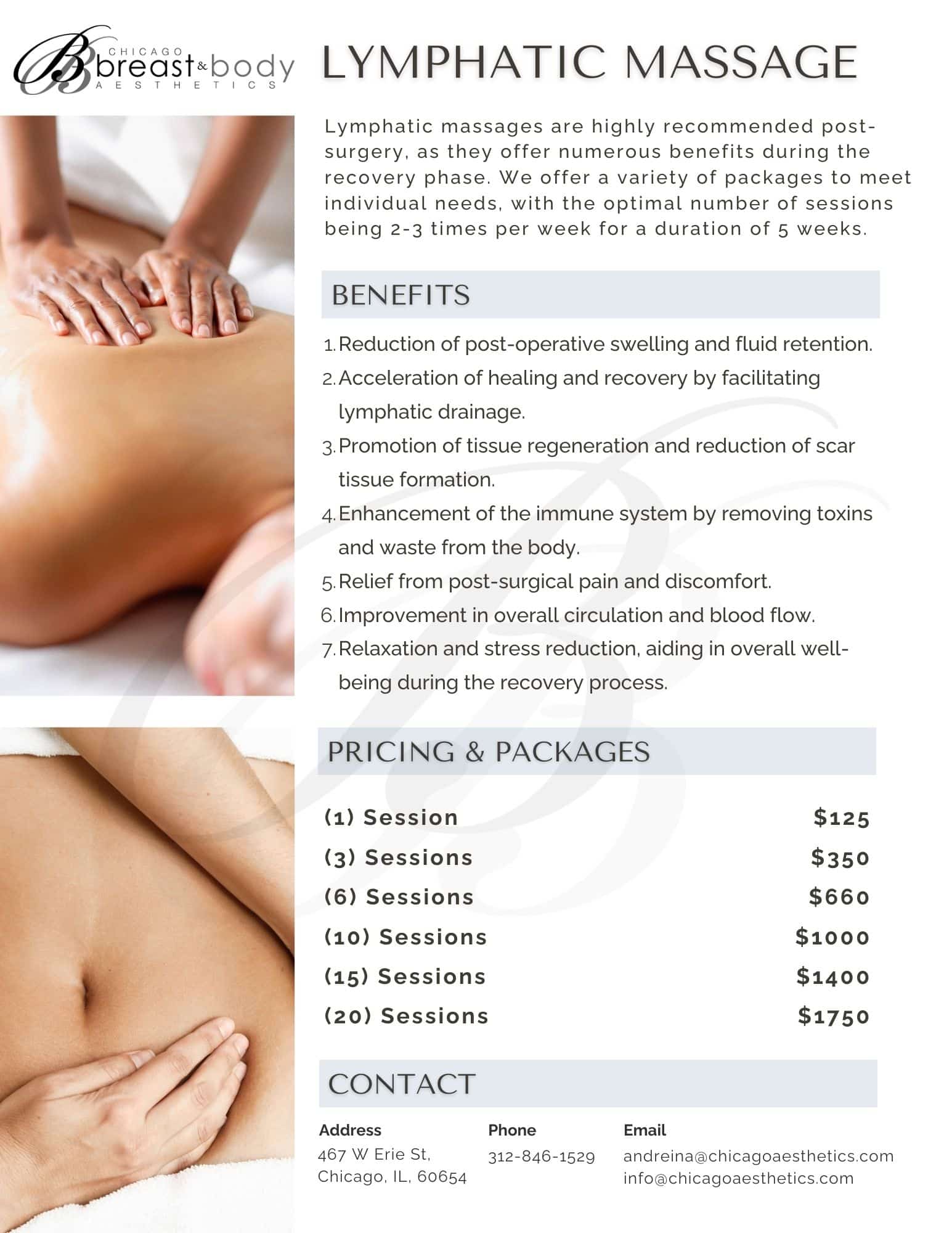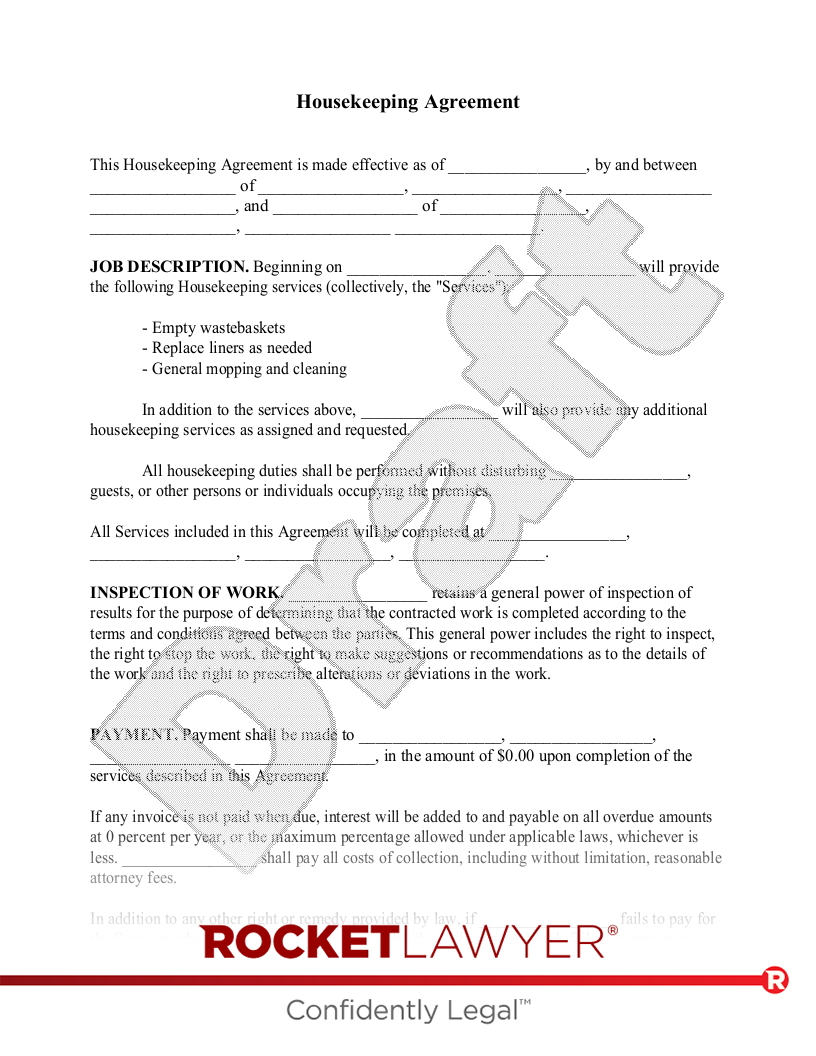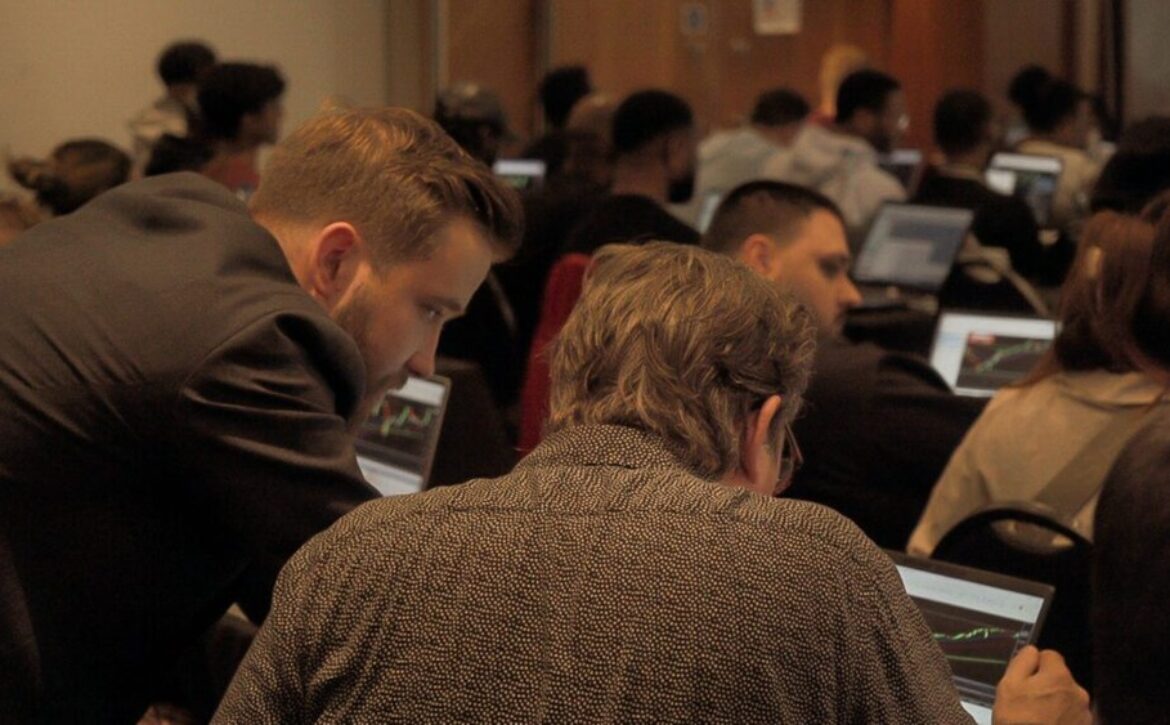How to Become an Acrylic Nails Expert: Step-by-Step Guide
Imagine transforming your passion for beauty into a flourishing career. Acrylic nails aren’t just a trend; they’re an art form that lets you express creativity while making clients feel fabulous.
If you’ve ever wondered how you could harness your love for nail art and turn it into a successful profession, you’re in the right place. In this guide, you’ll uncover the steps to become a sought-after acrylic nail technician. From learning essential skills to marketing your services, we’ve got you covered.
Ready to dive into a world of vibrant colors and stunning designs? Let’s get started and turn your dream into reality!
Getting Started With Acrylic Nails
Start your journey with acrylic nails by learning basic techniques and tools. Practice shaping and applying acrylic layers. Consistent practice improves skills and boosts confidence in creating stunning nail art.
Getting started with acrylic nails can be both exciting and a bit overwhelming. Whether you’re a budding nail artist or simply want to master your own manicure, understanding the basics is crucial. Here’s how you can kick off your journey into the colorful world of acrylic nails.
Essential Tools And Materials
To create stunning acrylic nails, you need the right tools. Begin with a quality acrylic nail kit, which typically includes acrylic powder, liquid, and a brush. A good nail file and buffer will ensure smooth edges and a polished finish. Invest in a dappen dish for mixing acrylic liquid and powder. It keeps your workspace tidy and helps you control the amount used. Don’t forget a primer to prep your nails and a topcoat to seal the deal. Having these essentials on hand makes the process smoother. Consider brands that friends recommend or have great reviews. Have you ever tried a product just because your friend raved about it?
Understanding Nail Anatomy
Knowing the structure of your nails helps prevent damage. Your nail consists of the nail plate, nail bed, and cuticle. The nail plate is the hard part you see, while the nail bed is the skin underneath. Cuticles protect new nails from bacteria. Gently push them back to keep your nail bed healthy. This step is crucial before applying acrylics. When you understand nail anatomy, you’re better equipped to care for them. It’s like learning a bit about car engines before hitting the road. How often do you think about what’s under the hood? By focusing on these foundational aspects, you’ll be well on your way to mastering acrylic nails. Practice, patience, and the right tools make all the difference. What’s the next step you’re excited to try?

Learning The Basics
Learning the basics of acrylic nails is an exciting journey for anyone eager to dive into the world of nail art. It’s a chance to express your creativity while mastering a skill that can lead to a rewarding career or hobby. Whether you’re aiming to become a professional nail technician or simply want to create stunning designs at home, understanding the fundamentals is crucial. Let’s break it down into manageable steps that will set you on the right path.
Types Of Acrylic Nails
Acrylic nails come in various styles, each offering a unique look and feel. You might prefer the classic square shape for a timeless appeal or opt for the daring stiletto nails for a more dramatic effect. Coffin or ballerina shapes are popular for their elegance and versatility.
Consider your lifestyle when choosing a shape. Active individuals might benefit from shorter, rounder nails to prevent breakage. Experiment with different lengths and shapes to find what suits you best. The key is to balance aesthetics with practicality.
Proper Nail Preparation
Preparation is everything when it comes to acrylic nails. Start by cleaning your nails thoroughly to remove any oils or residues. A clean surface ensures better adhesion and longer-lasting results.
Buff your nails gently to create a rough surface for the acrylic to adhere to. Be careful not to over-buff, as this can weaken your nails. Use a primer to further enhance adhesion and prevent lifting.
Imagine the satisfaction of seeing perfectly applied acrylic nails that last for weeks. Proper preparation is the foundation of that success. What mistakes have you made in the past that you can learn from now?
By focusing on these basics, you set the stage for creating beautiful and durable acrylic nails. Whether you’re perfecting your technique or trying new styles, each step you take builds your confidence and skill. Are you ready to transform your nail art game?
Application Techniques
Creating stunning acrylic nails requires mastering the art of application techniques. This process transforms simple nail tips into polished works of art. Whether you’re an aspiring nail technician or just love doing your own nails, understanding these techniques is crucial. Let’s dive into the essentials of applying acrylic nails with precision and flair.
Applying Tips And Forms
Deciding between nail tips and forms is your first step. Tips are pre-shaped extensions glued onto your natural nails. Forms, on the other hand, are molds placed under the edge of your nail for a custom shape.
When applying tips, ensure they fit the width of your nail perfectly. Too small, and they’ll pop off; too large, and they’ll look unnatural.
Forms offer versatility. They allow you to sculpt the acrylic directly onto your nail, creating a seamless blend. It’s like having a blank canvas, ready for your creativity.
Choose your preferred method based on your nail shape and desired outcome. Ever tried forms on shorter nails? It’s a game-changer that offers more control and precision.
Building The Acrylic Structure
Once you’ve prepped your nails, it’s time to build the acrylic structure. Start by mixing the acrylic powder and liquid to form a bead. The consistency should be smooth, like honey—not too runny, not too stiff.
Apply the acrylic starting at the apex, the strongest point of the nail. This ensures durability and prevents breakage. Spread the acrylic evenly towards the cuticle and free edge.
Remember, patience is key. Layer the acrylic gradually, allowing each layer to dry before adding more. Ever rushed through this step? You probably ended up with bubbles or uneven surfaces.
Consider how you want your nails to feel and look. Do you prefer a natural curve or a bold, dramatic arch? Adjust your technique to match your vision.
Building the structure is more than just applying acrylic; it’s about crafting a tiny masterpiece on each finger. Will your nails tell a story of elegance or boldness?
By mastering these application techniques, you’re not just painting nails—you’re creating art. What story will your nails tell today?
Mastering Advanced Techniques
Mastering advanced techniques in acrylic nails can elevate your skills and set you apart in the nail artistry world. Whether you’re a budding nail technician or someone looking to refine your craft, understanding these techniques can make your work not only beautiful but also durable. Let’s dive into some crucial areas that will help you perfect your acrylic nail game.
Shaping And Filing
Shaping and filing are fundamental in achieving the perfect acrylic nails. Begin by choosing the right shape that suits your client’s fingers and lifestyle. Common shapes include square, oval, coffin, and almond. Each shape has its unique charm, and knowing when to use each can enhance the overall look.
Use a high-quality file to refine the edges. An electric file can save time and achieve precision. Remember to maintain a gentle touch to avoid damaging the nail or causing discomfort. A well-shaped nail sets the foundation for the rest of your design work.
Creating Designs And Art
Creating stunning designs and art is where your creativity truly shines. Start with a clean, smooth canvas; a well-prepared nail makes applying designs easier and more effective. Explore various tools like dotting pens, brushes, and stamping kits to add flair to your designs.
Consider seasonal themes or trending patterns to keep your designs fresh and engaging. A simple flower or intricate geometric pattern can transform a basic nail into a masterpiece. Experiment with colors and textures; sometimes, the most unexpected combinations create the most striking results.
Have you ever thought about incorporating your client’s personality into their nail art? This personal touch can create a unique experience and deepen your connection with clients. Your artistic flair paired with advanced techniques can turn each nail into a tiny work of art.
Maintaining Acrylic Nails
Acrylic nails need regular upkeep to stay fresh and appealing. Keep them clean and dry to prevent lifting. Use a nail oil to maintain flexibility and strength. Regular visits to your nail technician ensure proper maintenance and longevity. Avoid using nails as tools to prevent damage.
Maintaining your acrylic nails is essential to keep them looking fresh and fabulous. Whether you’re a seasoned pro or new to the acrylic world, proper care can extend the life of your nails and keep them in top shape. Let’s dive into the key aspects of maintaining your acrylic nails, ensuring they remain strong and stunning.
Routine Care And Maintenance
Regular upkeep is vital for long-lasting acrylic nails. Aim to moisturize your nails and cuticles daily. A good cuticle oil can prevent dryness and keep your nails looking healthy. Keep your nails clean and dry. Water can weaken the adhesive, so use gloves when washing dishes or cleaning. Avoid using your nails as tools. Opening cans or scratching off labels might seem harmless but can cause them to chip or break.
Handling Repairs And Touch-ups
Accidents happen, even with the best care. If your nail chips or lifts, don’t panic. A quick visit to your nail technician can fix minor issues before they worsen. Consider keeping a nail repair kit at home for emergencies. Kits often include glue and a small buffer, perfect for temporary fixes. Schedule regular touch-ups every two to three weeks. This keeps your nails looking fresh and prevents any lifting or damage from getting worse. Maintaining acrylic nails doesn’t have to be a chore. With a little routine care and attention, your nails can look salon-perfect every day. What steps will you take to ensure your nails remain strong and beautiful?
Safety And Hygiene Practices
Proper safety and hygiene practices ensure healthy acrylic nails. Clean tools prevent infections. Always sanitize hands and work area.
In the vibrant world of acrylic nails, safety and hygiene practices are paramount. These practices ensure that your nail art journey is both enjoyable and risk-free. Whether you’re a seasoned nail artist or a newcomer, prioritizing safety and cleanliness is crucial for a healthy and successful experience.
Skin And Nail Health
Maintaining skin and nail health is the foundation of safe acrylic nail application. Pay attention to any signs of irritation or infection, such as redness or swelling. Keeping your nails strong and healthy can prevent complications during acrylic application. Use nourishing oils and creams to keep your nails and surrounding skin hydrated. Regular moisturizing can prevent dryness and cracking, which can lead to issues with acrylic adhesion. Always consult a dermatologist if you notice persistent problems with your skin or nails.
Sanitization Procedures
Sanitization is not just a step; it’s a commitment to safety. Before any application, ensure that all tools and surfaces are thoroughly cleaned. Use disinfectants that are effective against bacteria and viruses to maintain a sterile environment. Implement a routine for cleaning brushes, files, and other tools. This not only ensures hygiene but also prolongs the lifespan of your nail equipment. Be mindful of your workspace; a clean area reduces the risk of contamination. Consider this: would you trust a nail artist who skips sanitization? Your commitment to cleanliness will earn you trust and repeat clients. Prioritizing sanitization not only protects your clients but also enhances your reputation as a professional.
Building A Career As An Acrylic Nails Expert
Building a career as an acrylic nails expert is an exciting journey filled with creativity and skill. This profession allows you to express artistic talent while providing clients with stunning nail designs. To thrive in this industry, focus on marketing yourself and continuously enhancing your skills. Let’s explore how you can make your mark as a sought-after acrylic nails expert.
Marketing Yourself
Effective marketing is essential to growing your clientele. Start by creating an engaging social media presence. Share photos of your best work, and highlight your unique style. Engage with followers and potential clients through comments and messages.
Consider offering special promotions to attract new clients. Collaborate with local influencers or beauty bloggers. This can help broaden your reach and showcase your talent to a larger audience. Having a visually appealing and informative website can also boost your online credibility.
Word of mouth is powerful. Encourage satisfied clients to refer friends and family. Build a reputation for excellent customer service and attention to detail. Your clients’ testimonials can be your strongest marketing tool.
Continuous Education And Workshops
The nail industry is always evolving, and staying updated is crucial. Attend workshops and training sessions regularly. These can provide insights into new techniques and trends. Keep learning and refining your skills to offer clients the latest designs.
Online courses are also a valuable resource. They allow you to learn at your own pace and fit into your schedule. Platforms like YouTube and Instagram offer tutorials from seasoned professionals. Use these to expand your knowledge base.
Networking with other nail experts can be beneficial. Sharing experiences and tips can enhance your skills and open new opportunities. Consider joining professional groups or forums. What new skills or techniques can you learn from others?

Frequently Asked Questions
What Are Acrylic Nails Made Of?
Acrylic nails are made from a mixture of liquid monomer and powder polymer. This combination creates a hard, protective layer. It’s applied over natural nails to enhance length and strength. The mixture hardens when exposed to air, providing a durable and long-lasting finish suitable for various nail designs.
How Long Do Acrylic Nails Last?
Acrylic nails typically last two to three weeks before needing a fill or touch-up. This duration can vary based on nail growth and care. Regular maintenance, including filling gaps and addressing lifting issues, can extend their lifespan. Proper nail care ensures they remain attractive and durable for longer.
Can Acrylic Nails Damage Natural Nails?
Acrylic nails can potentially damage natural nails if not applied or removed properly. Over-filing can weaken nails, and improper removal might cause peeling or brittleness. To minimize damage, it’s important to have them applied and removed by a trained technician.
Regular breaks can help maintain nail health.
How To Remove Acrylic Nails Safely?
To safely remove acrylic nails, soak them in acetone for 15-20 minutes. This softens the acrylic, allowing it to be gently pushed off with an orange stick. Avoid peeling or forcing them off to prevent damage to natural nails. Patience and proper technique ensure safe removal and healthy nails.
Conclusion
Becoming skilled in acrylic nails takes time and practice. Start with basic techniques. Gradually build your skills and confidence. Explore different designs and styles. Always prioritize nail health and hygiene. Use quality tools and materials. This ensures the best results for your clients.
Stay updated with trends and new methods. This keeps your skills relevant and fresh. Engage with other professionals for tips and advice. Remember, patience and dedication are key. Enjoy the creative journey. Your effort will pay off as you grow in this exciting field.


